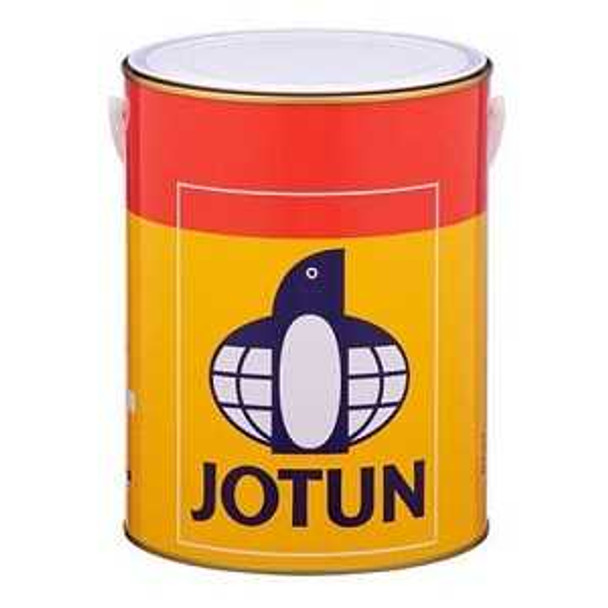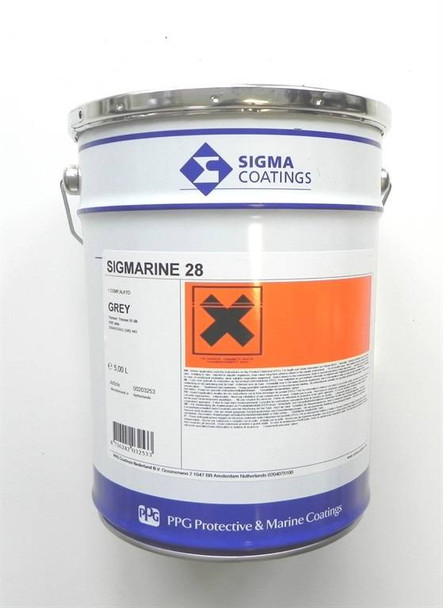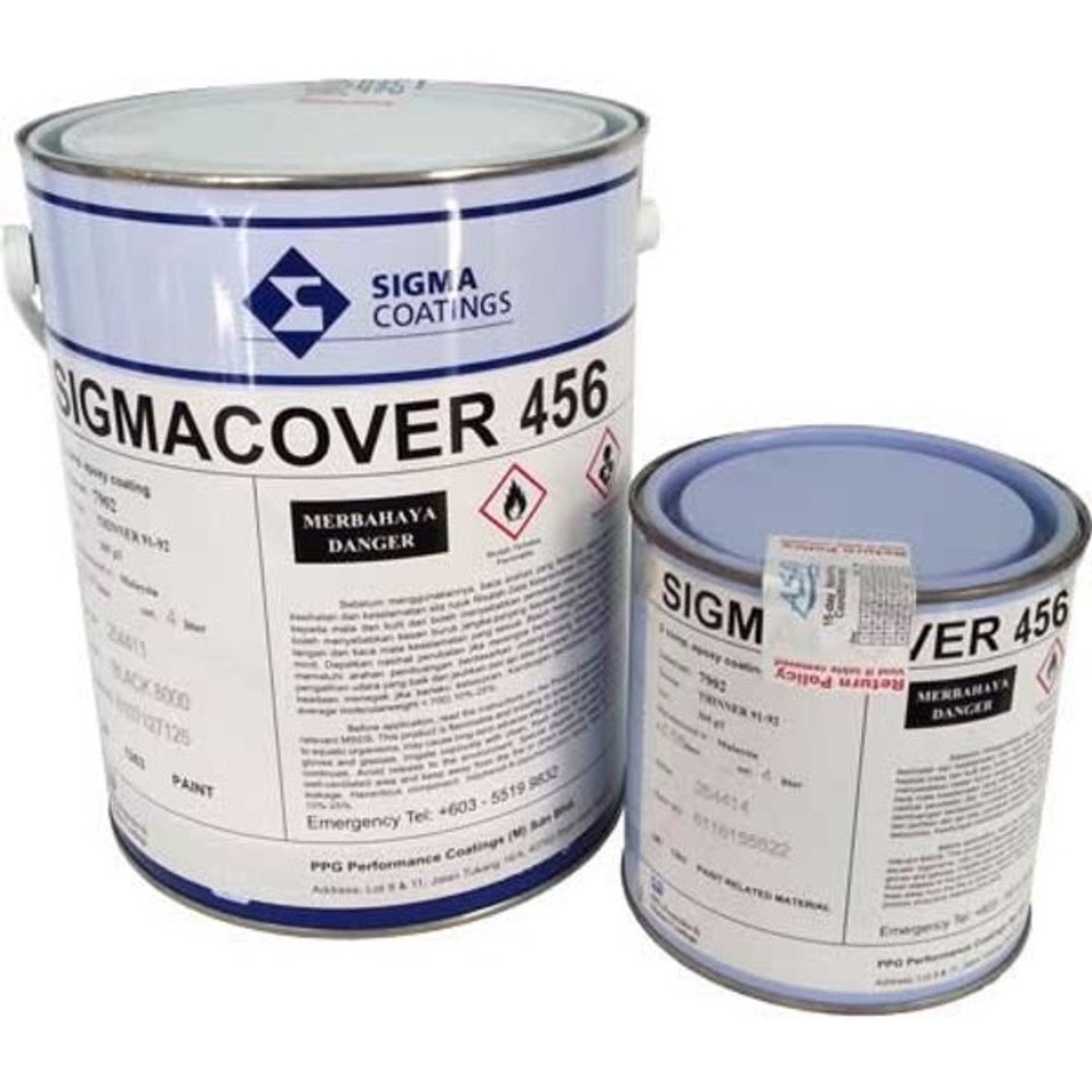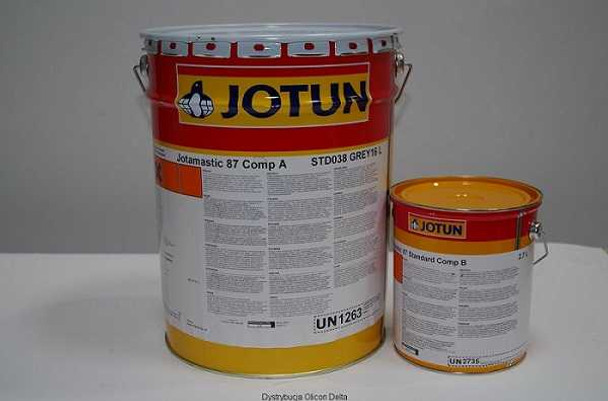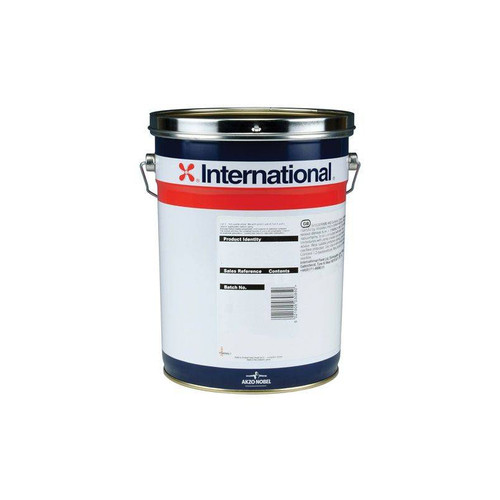10 Essential Tips for Choosing the Right Marine Paint for Your Boat
When it comes to maintaining and protecting your beloved boat, choosing the right marine paint is a critical decision that can significantly impact its appearance, performance, and longevity. Marine paint plays a vital role in safeguarding your boat's surfaces from saltwater, UV rays, marine organisms, and weathering. It forms a barrier that prevents moisture from penetrating the boat's structure, thus minimizing the risk of corrosion and rot. Additionally, marine paint can significantly extend the lifespan of your boat, reduce maintenance costs, and enhance its resale value.
Whether you have a sailboat, a fishing boat, a yacht, or a powerboat, taking care of your vessel is paramount to ensure it remains in excellent condition and retains its value over time. One critical aspect of boat maintenance is selecting the right marine paint like Sigma marine coatings, International paint, Epochem marine paint and Jotun brand . The paint not only enhances the aesthetics of the boat but also serves as a protective shield against the harsh elements of the marine environment.
However, with a vast array of marine paint options available on the market, choosing the most suitable one can be overwhelming. Factors such as boat material, environmental conditions, paint types, and budget considerations all come into play when making this crucial decision. To help you navigate this process with confidence,
In this guide, we have compiled the 10 essential tips you need to know to make an informed decision when selecting or choosing the right marine paint for your boat. From understanding the key factors that differentiate marine paint from regular paint to exploring the various types and top brands, we'll equip you with the knowledge you need to ensure your vessel receives the best possible care. So, let's dive in and unlock the secrets to choosing a marine paint that will keep your boat sailing smoothly and looking stunning for years to come.
The 10 Essential Tips to Guide the Selection Process
1. Understand the Distinctions:
Marine Paint vs. Regular Paint Before delving into the selection process, it is vital to grasp the fundamental differences between marine paint and regular paint. While regular paint may be suitable for land-based applications, it lacks the specialized properties required to withstand the challenges posed by the marine environment. Marine paint is specifically formulated to combat saltwater, UV exposure, and marine organisms, providing unparalleled protection and longevity for boats.
2. Know Your Boat's Material and Condition
Different boat materials, such as fiberglass, wood, aluminum, and steel, have distinct paint requirements. Understanding the compatibility of the paint with your boat's surface material is crucial to ensure proper adhesion and durability. Before applying any marine paint, it is essential to inspect your boat's surface thoroughly, addressing any damages or imperfections that may affect the paint's performance.
3. Consider the Environmental Factors
Boats endure a harsh environment, subject to constant exposure to saltwater, sunlight, humidity, and temperature fluctuations. When selecting marine paint, take into account the specific environmental conditions your boat will encounter. For example, boats in tropical climates may require paint with enhanced UV protection, while boats in saltwater environments might benefit from anti-corrosion properties.
4. Explore the Different Types of Marine Paints
Marine paint is available in various types, each tailored to serve specific purposes. Antifouling paint is designed to prevent the growth of marine organisms on the hull, while topside paint is used above the waterline for aesthetic purposes. Bottom paint is applied below the waterline to protect against corrosion and fouling. Understanding the purposes and applications of each type will help you choose the most suitable marine paint for your boat.
Jotun marine paint pilot 11
5. Research Brands and Names in the Market
Reputation matters when it comes to marine paint. Thoroughly research reputable marine paint manufacturers and explore their product lines. Established brands often invest in research and development to produce high-quality marine paints that offer exceptional performance and protection for your boat.
6. Choose Between Oil-Based and Water-Based Marine Paint
Marine paint is available in both oil-based and water-based formulations. Oil-based marine paint typically offers superior durability and adhesion, making it ideal for boats exposed to harsh conditions. Water-based marine paint, on the other hand, is eco-friendlier with lower VOC emissions and is easier to clean up. Consider your preferences, environmental impact, and the specific requirements of your boat when choosing between these options.
7. Evaluate Longevity and Performance
The longevity of marine paint can vary based on factors such as the paint's formulation, the number of coats applied, and the environmental conditions your boat is exposed to. Pay attention to the paint's performance indicators, including abrasion resistance, color retention, and its ability to repel marine organisms. Investing in high-quality marine paint will extend the lifespan of your boat's finish and reduce the need for frequent repainting.
8. Consider Budget Considerations
Marine paint prices can vary significantly, depending on the brand, type, and quality. Set a reasonable budget for your marine paint purchase, keeping in mind that opting for the cheapest option may result in lower quality and reduced durability. Balancing cost and quality will ensure you make a wise investment in the protection and appearance of your boat.
9. Seek Expert Recommendations and User Reviews
When in doubt, seek advice from marine professionals, such as boatyards, marine surveyors, or experienced boat owners. Their first-hand experience with various marine paints can provide valuable insights and recommendations. Additionally, reading user reviews and testimonials can offer valuable feedback on the performance and satisfaction of other boat owners with specific marine paint products.
10. Make the Final Decision
Armed with a comprehensive understanding of marine paint and having considered all the essential factors, it's time to make your final decision. Based on your boat's material, environmental conditions, budget, and personal preferences, select the marine paint that best aligns with your needs. Remember, investing in high-quality marine paint is a wise decision that will protect your boat and enhance its overall value.
SIGMARINE 28 SIGMA PROTECTIVE AND MARINE COATING
Understand the Distinctions: Marine Paint vs. Regular Paint
A. Key Differences between Marine Paint and Regular Paint
When it comes to selecting paint for your boat, it's essential to understand the key differences between marine paint and regular paint. These distinctions go beyond the surface and are crucial factors that determine the paint's performance and durability in the harsh marine environment.
1. Formulation and Composition:
Marine paint is specifically formulated with unique ingredients to withstand the challenges posed by the marine environment. It typically contains high levels of resin, pigments, and additives that offer exceptional adhesion, resistance to saltwater, UV protection, and antifouling properties. Regular paint, on the other hand, is formulated for land-based applications and may lack the specialized features needed to withstand the corrosive effects of saltwater, UV rays, and marine organisms.
2. Corrosion Resistance:
One of the most significant differences between marine paint and regular paint is their ability to resist corrosion. Marine paint is designed to create a protective barrier on the boat's surfaces, preventing moisture from penetrating the substrate and causing corrosion. Regular paint lacks the same level of protection, making it unsuitable for boats exposed to saltwater and marine environments.
3. Antifouling Properties:
Marine paint often includes antifouling properties that help prevent the growth of marine organisms, such as barnacles, algae, and mollusks, on the hull. This is especially crucial for boats that spend extended periods in the water, as marine fouling can negatively impact the boat's performance and fuel efficiency. Regular paint does not offer such antifouling capabilities.
4. UV Protection:
Exposure to sunlight and UV rays can cause regular paint to fade and deteriorate over time. Marine paint, however, is formulated with UV-resistant components that provide enhanced protection against the damaging effects of the sun, ensuring the paint retains its color and finish for an extended period.
5. Flexibility and Durability:
Boats are subject to constant movement and flexing due to the water's motion. Marine paint is designed to be flexible and durable, allowing it to withstand these stresses without cracking or peeling. Regular paint may not have the same level of flexibility, making it susceptible to damage on boat surfaces.
6. Environmental Impact:
Marine paint formulations have evolved to reduce environmental impacts by using lower VOC (volatile organic compounds) and eco-friendly components. Regular paint may contain higher VOC levels and may not be as environmentally conscious as marine paint.
Sigmacover 456 Sigma Marine paint
Why Marine Paint is Essential for Boats
The use of marine paint is essential for boats due to the unique challenges posed by the marine environment. Boats spend a considerable amount of time exposed to saltwater, sunlight, temperature fluctuations, and marine life, all of which can cause significant damage to the boat's surfaces.
1. Protection Against Corrosion:
Corrosion is a major concern for boats, especially those made of metals like steel or aluminum. Marine paint creates a protective barrier that prevents water and salt from coming into direct contact with the metal, reducing the risk of corrosion and prolonging the boat's structural integrity.
Jotun marine paint Jotamastic 87 AL Standard
2. Improved Performance and Fuel Efficiency:
Marine paint with antifouling properties helps prevent the accumulation of marine organisms on the hull, reducing drag and improving the boat's hydrodynamics. This, in turn, enhances fuel efficiency and overall performance, allowing the boat to sail more smoothly and efficiently through the water.
3. Longevity and Reduced Maintenance:
Investing in high-quality marine paint pays off in the long run, as it can significantly extend the lifespan of the paint job. A durable and well-maintained paint finish requires less frequent repainting and reduces the need for costly and time-consuming maintenance.
4. Aesthetic Appeal:
Beyond its functional benefits, marine paint also enhances the boat's aesthetic appeal. A well-painted boat exudes a sense of pride and elegance, adding to the overall enjoyment of boating experiences.
5. Resale Value:
When it comes time to sell your boat, a well-maintained and professionally painted exterior can significantly boost its resale value. Potential buyers are more likely to be attracted to a boat that looks fresh, well-cared-for, and protected with marine paint.
International Paint Interbond 201 20L
Conclusion
The journey to selecting the perfect marine paint for your boat is a pivotal step towards ensuring its longevity, performance, and visual allure. Each of the 10 essential tips we've explored in this guide serves as a guiding star, illuminating the path to making an informed and strategic decision.
By embracing these 10 essential tips, you are not only selecting paint; you are embarking on a voyage of preservation, performance enhancement, and personal satisfaction. Your choice will resonate with every crest and trough your boat conquers, underpinning its resilience and contributing to countless memorable journeys on glistening waters.
As you embark on this transformative journey – from the decision-making process to the final brushstroke – may these insights serve as your guiding star, illuminating the path toward selecting the marine paint that harmoniously marries protection, aesthetics, and longevity. With each stroke of the brush, you are not just painting; you are nurturing a legacy of care and devotion for your cherished vessel.
Contact us for product availability


